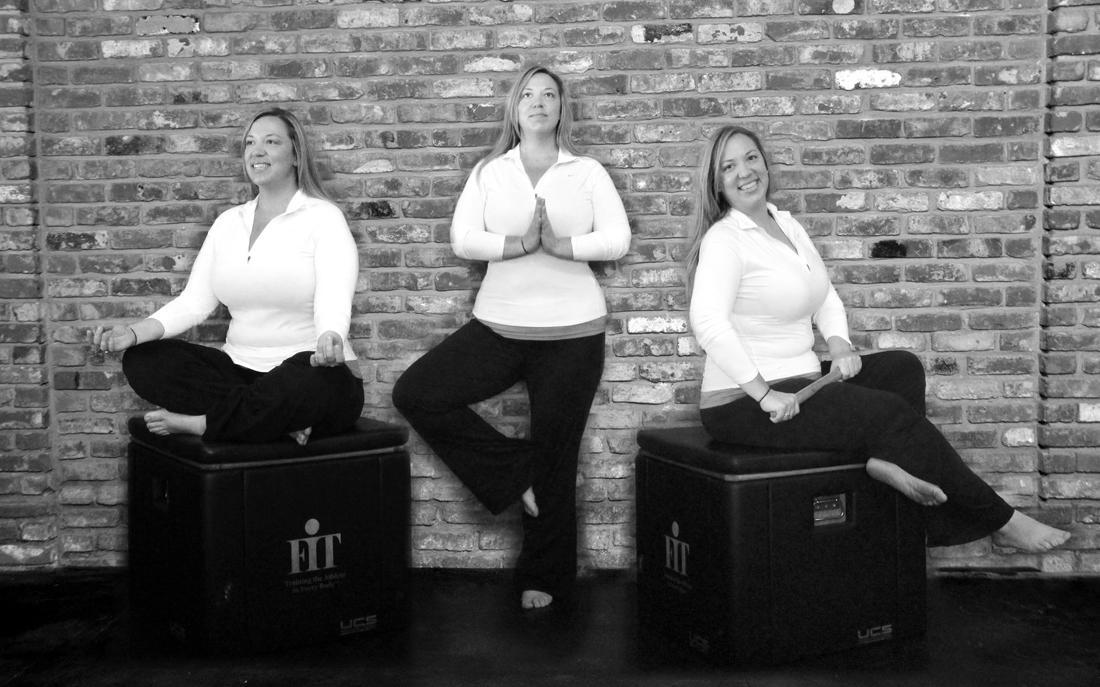Loren Chiu
Musculoskeletal Biomechanics Research Laboratory
Department of Biokinesiology and Physical Therapy
University of Southern California
“My Dr said squats are bad for your knees”
“Don’t squat below 90 degrees”
“Don’t let your knees go past your toes”
In general, as the angle of the shank [shin] moves away from vertical (into dorsiflexion), the moment arm of the vertical forces increases,increasing the net torque at the knee. Similarly, as the angle of the femur moves away from vertical, the moment arm of the vertical forces increases, increasing the net torque at the hip. Interestingly, an increase in extensor torque at the knee will decrease the required extensor torque at the hip, thus for motions requiring combined hip and knee extension, there is a trade-off, where one is relatively large and the other relatively less.
I disagree, however, that the movement of the shank away from vertical is dangerous and/or leads to patellofemoral injury. The incidence of long-term knee pain in retired weightlifter’s is no greater than that for the rest of the population (Granhed et al.). It seems common that when we talk about a joint, an increase in force or torque is assumed to correlate with an increased risk or danger. This is common among medical professionals, physical therapists, athletic trainers, etc. who are educated to prevent injury. Strength and conditioning coaches, on the other hand, are educated to enhance performance, thus an increased force or torque would be associated with greater strength (or the potential to develop greater strength).
Both views are correct to some extent, but an increased force or torque is only dangerous if it exceeds the compressive (bone, cartilage, menisci) or tensile (muscle, tendon, ligament) threshold of the tissues involved. Thus, we cannot assume that because the high-bar back squat, or front squat performed below parallel with the shank moving anteriorly
increases the net torque at the knee, that this will lead to injury.
In comparing weightlifters to powerlifters, we have to consider more than just the exercises (high vs. low bar squat, front squats, etc.), but also the volume, load and frequency of training. Anecdotally, the most common knee complaints in weightlifters are quadriceps or patellar tendinitis, which are overuse injuries. Powerlifters tend to squat no more than 2 days per week, whereas weightlifters will squat 3-4 days a
week (outside North America, up to 6 days a week), as well as perform full squat snatches and squat cleans, resulting in squatting motions performed 5-6 days per week. The volume tends to be higher, although the load is lower in weightlifters, but the combination of volume and frequency are more likely suspects for knee complaints in weightlifters than their choice of exercise.
“When discussing injury risk and dangers of exercises, a simple kinematic and kinetic analysis is not sufficient to tell the whole story. Truly, to be accurate, one must also look at the biomechanics of soft tissues and their adaptations to training stress. There is no evidence that when performed properly, high bar back squats or front squats, performed below parallel, with the shank moving anterior to the toes have an inherent capacity to cause injury, particularly when volume, load and frequency are appropriate for the level of the trainee.” Loren Chiu
—


















